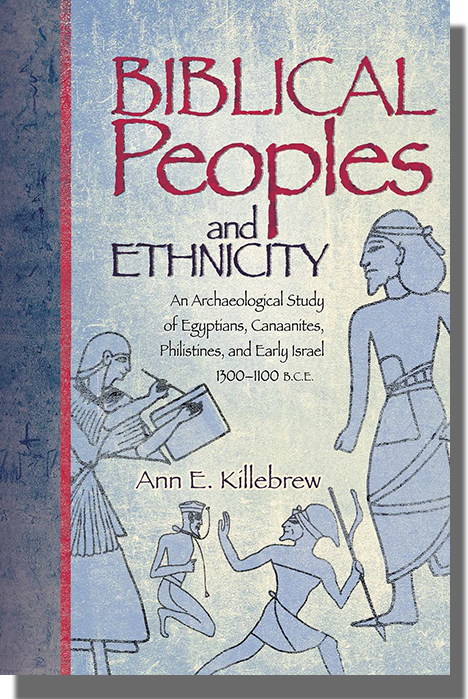
$49.00
Recipient of the G. Ernest Wright Publications Award (American Schools of Oriental Research) for the best archaeology book in 2005.
Ancient Israel did not emerge within a vacuum but rather came to exist alongside various peoples, including Canaanites, Egyptians, and Philistines. Indeed, Israel’s very proximity to these groups has made it difficult—until now—to distinguish the archaeological traces of early Israel and other contemporary groups. Through an analysis of the results from recent excavations in light of relevant historical and later biblical texts, this book proposes that it is possible to identify these peoples and trace culturally or ethnically defined boundaries in the archaeological record. Features of late second-millennium B.C.E. culture are critically examined in their historical and biblical contexts in order to define the complex social boundaries of the early Iron Age and reconstruct the diverse material world of these four peoples. Of particular value to scholars, archaeologists, and historians, this volume will also be a standard reference and resource for students and other readers interested in the emergence of early Israel.
Features:
- Maps, photos, and illustrations
- Introductory chapter that lays out the books methodological approach
- Extensive bibliography for further research
Ann E. Killebrew, Assistant Professor of Classics and Ancient Mediterranean Studies and Jewish Studies at The Pennsylvania State University, is a seasoned field archaeologist and co-editor of <ahref=ProdDetails.asp?ID=060718P&PG=1&Type=BL&PCS=SBL>Jerusalem in Bible and Archaeology: The First Temple Period (Society of Biblical Literature, 2003).
“While ostensibly written for nonspecialists, or teachers looking for a reliable textbook, Killebrew’s book will be used widely by her fellow archaeologists. That is because it highlights a number of current and controversial issues, with a comprehensive and balanced discussion, accompanied by exhaustive documentation. This is a superb handbook that in my estimation will have a very long shelf life—quite an achievement by a relatively young archaeologist and one who like so many of her generation might be dismissed as ‘too specialized.’ … Killebrew’s study of archaeology and ethnicity is exceptionally timely, and because it succeeds on both the academic and the nonprofessional level, it deserves and will surely find a wide audience.”
—W. G. Dever, Review of Biblical Literature
“Ann E. Killebrew, in Biblical Peoples and Ethnicity, has written a masterful synthesis of enormous amounts of data derived from literary, linguistic, epigraphic, archaeological, and other sources from the last century of research in a quite measured and always respectful tone (which has often not been the case in this field of study). Hers is a marvelous book, somewhere between a primer for college undergraduates and a specialist monograph. Perhaps the most important gifts that this book brings to the table are its detailed footnotes and extensive bibliography.”
— Edward J. Mills III, International Social Science Review
